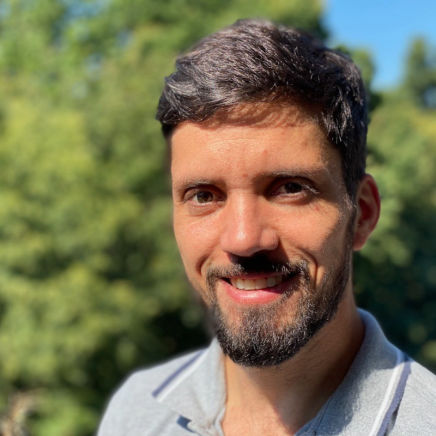
Ananth Kalyanaraman is a Professor, Boeing Centennial Chair, and Interim Director at the School of Electrical Engineering and Computer Science, Washington State University in Pullman, WA. He is the lead PI and the Director of the USDA NIFA AgAID AI Institute for Transforming Workforce and Decision Support in agriculture. He holds a joint appointment at Pacific Northwest National Laboratory (PNNL), and affiliate faculty positions at the Molecular Plant Sciences Graduate Program and the Paul G. Allen School for Global Health. Ananth received Ph.D. (Computer Engineering, 2006) from Iowa State University.
Ananth works at the intersections of parallel computing, graph analytics, and bioinformatics and computational biology, and at the intersections of data science and AI/machine learning for real-world applications. His focus is on developing algorithms and software to support scalable analysis and modeling in large-scale data domains, particularly those in life sciences. Ananth is a recipient of U.S. Department of Energy Early Career Research Award, and several of his papers have received conference best paper awards and a prestigious graph challenge award. Ananth serves as the Editor-in-Chief for the Journal of Parallel and Distributed Computing (JPDC), and he is also a Vice-Chair for the IEEE Technical Committee on Parallel Programming (TCPP), and for the ACM SIGBIO. He also serves on the editorial board for Parallel Computing and IEEE Transactions on Computational Biology and Bioinformatics. Ananth is a senior member of IEEE, and a member of ACM and SIAM.
